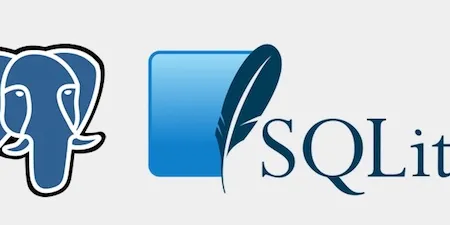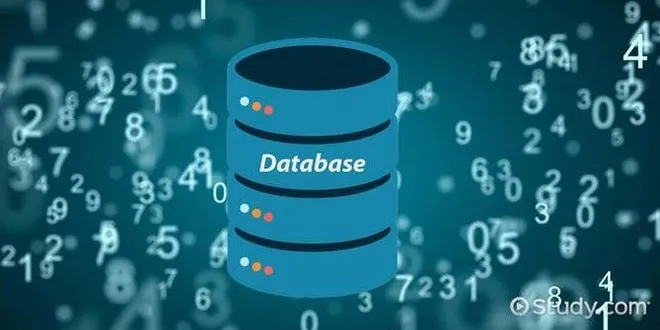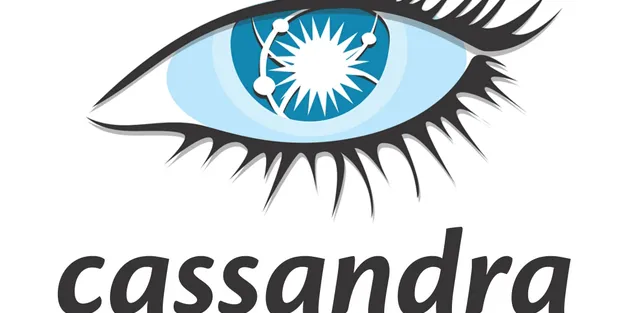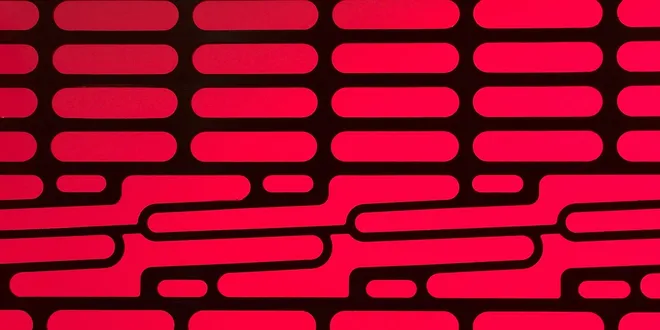databases
Databases are structured systems designed to store, manage, and retrieve data efficiently. They serve as an abstraction over an operating system’s file system, allowing developers to create applications that can easily create, read, update, and delete persistent data. Databases can be categorized into relational databases, which organize data in tables with defined relationships, and non-relational databases, often referred to as NoSQL, which offer more flexible data storage options. By providing a reliable and fast framework for data management, databases play a crucial role in web applications and various software solutions, enabling effective data handling and user interaction.

Database, SQL and NoSQL
Database is a collection of information that is organized so that it can be easily accessed, managed and updated. Databases typically contain aggregations of data records or files, containing…
📚 Read more at Analytics Vidhya🔎 Find similar documents

Databases
Databases DB-API The Python Database API (DB-API) defines a standard interface for Python database access modules. It’s documented in PEP 249 . Nearly all Python database modules such as sqlite3 , psy...
📚 Read more at The Hitchhiker's Guide to Python!🔎 Find similar documents

Databases
Relational databases serve the critical role of persisting data in many Python applications.
📚 Read more at Full Stack Python🔎 Find similar documents

Databases
Django officially supports the following databases: PostgreSQL MariaDB MySQL Oracle SQLite There are also a number of database backends provided by third parties . Django attempts to support as many f...
📚 Read more at Django documentation🔎 Find similar documents

A beginner’s guide to SQL
Databases are computer system that allow for storage and easy access of data. Depending on how their data is organised, databases can be relational (RDBMS) or non-relational (NoSQL). Relational…
📚 Read more at Towards Data Science🔎 Find similar documents

Unraveling the Web: Navigating Databases in Web Technology
Data is the foundation of how today’s websites and apps function. Items in your shopping carts, comments on all your posts, and changing scores in a video game are examples of information stored somew...
📚 Read more at Towards AI🔎 Find similar documents

Top 10 Databases to Use in 2021
Databases are the cornerstone of any Software Applications. You will need one or more databases to develop almost all kind of Software Applications: Web, Enterprise, Embedded Systems, Real-Time…
📚 Read more at Towards Data Science🔎 Find similar documents

Models and databases
A model is the single, definitive source of information about your data. It contains the essential fields and behaviors of the data you’re storing. Generally, each model maps to a single database tabl...
📚 Read more at Django documentation🔎 Find similar documents

Python has a Built-in Database — Here’s How to use it
Databases are a great, secure, and reliable way to store data. All major relational databases have something in common — SQL — a language to manipulate databases, tables, and data. SQL is a broad…
📚 Read more at Towards Data Science🔎 Find similar documents

Accessing MySQL database from a Python program
Database is a collection of data which is stored in computer system and typically accessed using electrical technology. Database Managements System or DBMS is used to control these databases. MySQL…
📚 Read more at Analytics Vidhya🔎 Find similar documents

NoSQL-Apache Casandra Architecture
We all started learning about Database with a formal definition, right! “ A database is a collection of data that is organized so that it can easily facilitate the storage, retrieval, modification…
📚 Read more at Analytics Vidhya🔎 Find similar documents

7 Database Concepts You Should Know About
There’s a lot to know about databases. They’re complex mission-critical applications that sometimes require specialized subject matter experts to maintain them, but that doesn’t mean that they’re…
📚 Read more at Better Programming🔎 Find similar documents

